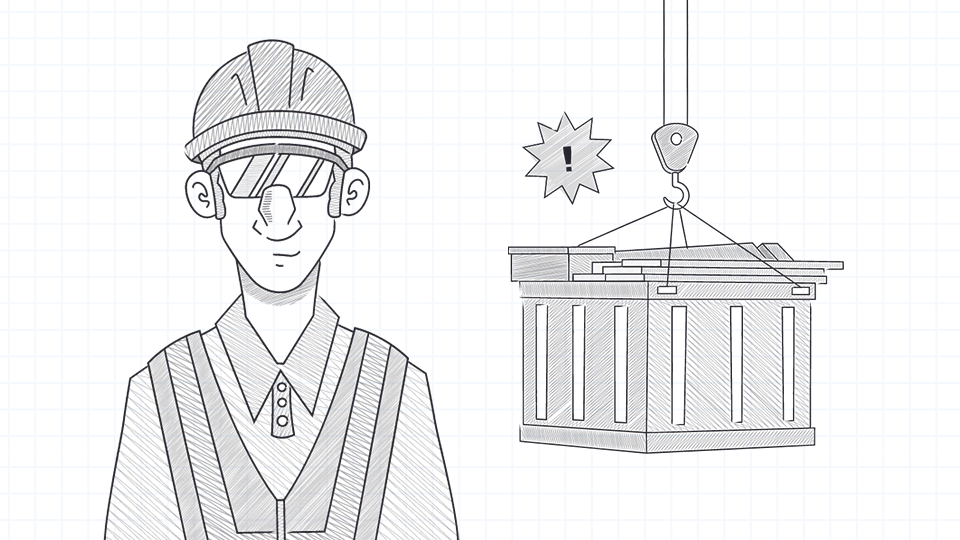

.png)




This course has been developed to provide learners with an understanding of the dangers of falling objects, how to identify the risk of falling objects and how to control the risk of falling objects.
We are all familiar with the saying, the bigger it is, the harder it falls, but I'd wager that its just as relevant if you changed it to, the heavier it is, the harder it falls.
Falling objects at work are dangerous. This might seem like an obvious statement, but its a fact backed up by some startling numbers. Since 2020, over 15,000 Australian workers were injured by falling objects in the workplace, almost 20 have died and more than 200 are now permanently disabled. Falling objects mean more than large objects falling and it can be something as innocuous as a power tool or building materials being dropped from the upper levels of a construction site or a scaffold. Anything heavy, no matter the size, has the potential to seriously injure or kill someone when it strikes them after falling.
The good news is that the risks posed by falling objects can be managed. Correctly securing items at height can be as simple as using a lanyard that attaches a tool to a worker's belt or putting rubbish in a bin. The saying, what comes up must come down isn't just an observation of gravity its a method of keeping people safe at work. If workers take a tool, or equipment, or building materials to a worksite at height, all that has to be done when the job is finished is to bring that gear down.
Identifying risk zones and exclusion zones is another great way to minimise the risk of falling objects. Exclusion zones are just that, zones around a worksite that certain people aren't allowed into. Depending on where people are in relation to the work being carried out, these zones are labelled red, yellow and green. If you can identify exclusion zones, you can identify areas where people are at high, medium, or low risk of coming into contact with falling objects, and plan accordingly to keep people safe. This course features high-quality illustrations, an engaging animation, interactive activities and information that focusses on the benefits of safely and correctly managing the risks of falling objects.
Fortunately, following the proper procedures, identifying risk zones and establishing exclusion zones can go a long way towards managing the risks of falling objects. Kineo Courses, 'Managing the Risk of Falling Objects' course provides learners with an understanding of:
the risks and consequences of falling objects,
how to identify the risk of falling objects,
how to manage exclusions zones, and
how to control the risk of falling objects.